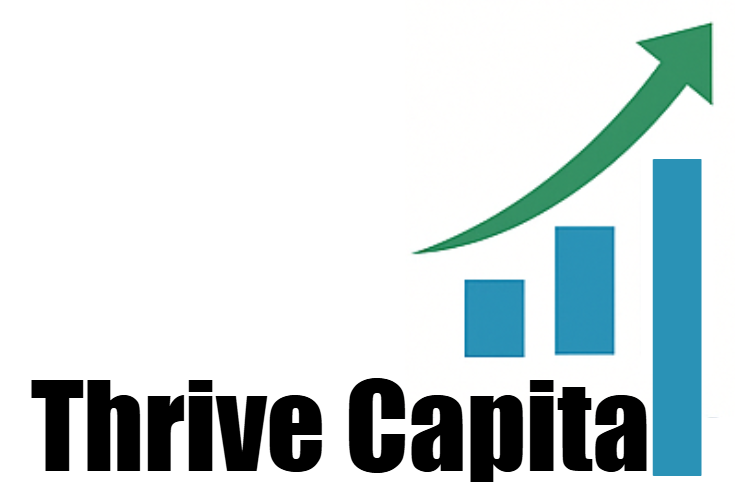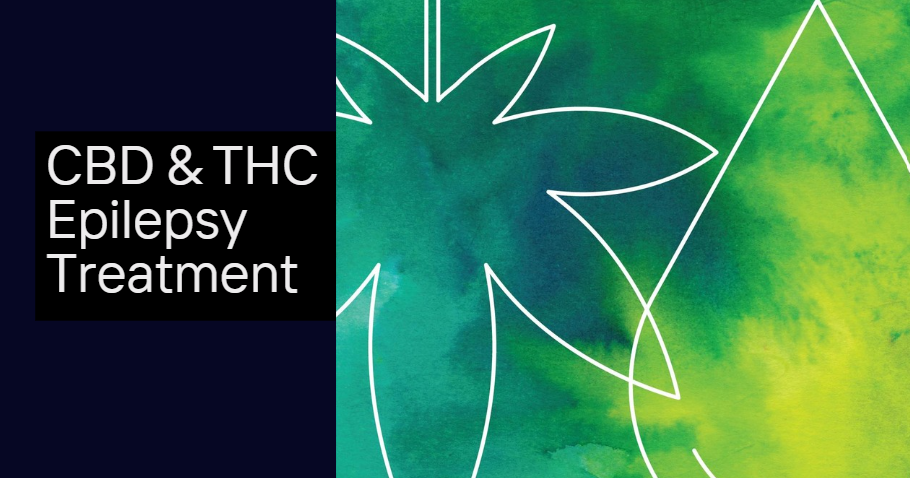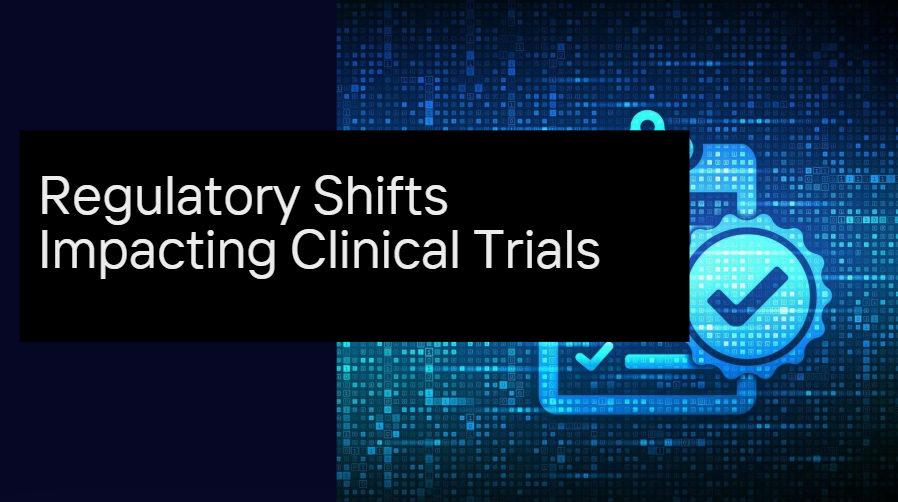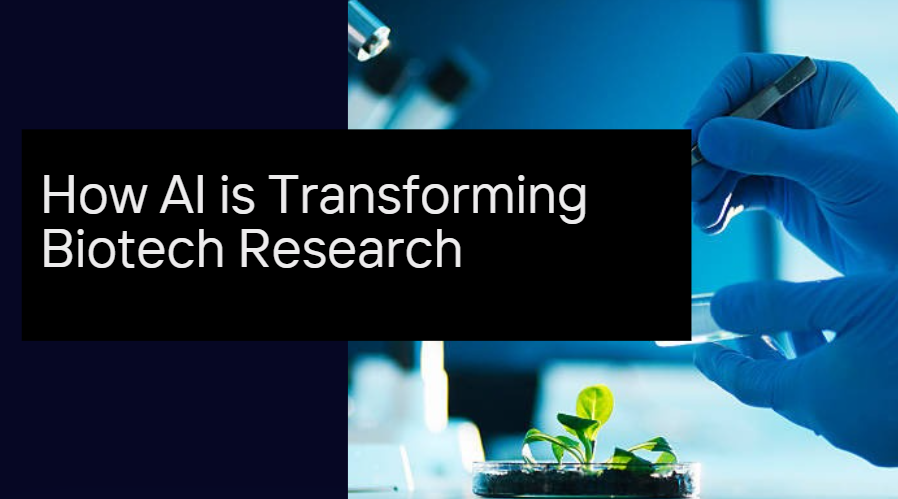Cannabis-based medicine has rapidly evolved from a controversial topic to a scientifically supported and regulated therapeutic option. Among its most compelling applications is the treatment of epilepsy, especially forms that are resistant to conventional antiepileptic drugs. High-CBD, low-THC formulations are emerging as effective, safe, and increasingly mainstream therapies, offering new hope to patients and new opportunities to investors.
This article explores the clinical evidence, regulatory progress, and market dynamics surrounding cannabis-derived treatments for epilepsy—focusing on cannabidiol (CBD) and its role in reshaping neurological care.
Discover the top companies developing CBD and THC treatments for epilepsy
Understanding CBD and THC in Epilepsy
Cannabis contains over 100 cannabinoids, but two are most prominent: tetrahydrocannabinol (THC) and cannabidiol (CBD). THC is the psychoactive compound that produces a “high,” while CBD is non-intoxicating and increasingly recognized for its therapeutic benefits.
In epilepsy treatment, CBD is the star. It interacts with brain receptors and modulates neural excitability without inducing the mind-altering effects of THC. However, low amounts of THC may enhance CBD’s effectiveness through what’s known as the “entourage effect,” where cannabinoids work synergistically to amplify benefits.
The Science: Clinical Trials and Breakthroughs
CBD’s reputation as an antiepileptic emerged from anecdotal reports and early observational studies. The turning point came with randomized controlled trials (RCTs)—the gold standard in medical research.
Epidiolex: A Landmark Approval
In 2018, the U.S. FDA approved Epidiolex, a purified CBD extract developed by GW Pharmaceuticals (now part of Jazz Pharmaceuticals), for treating two rare, severe forms of epilepsy: Dravet syndrome and Lennox-Gastaut syndrome (LGS). Later, it was approved for tuberous sclerosis complex (TSC) as well.
Key trial results showed:
Up to 50% reduction in seizure frequency in some patients
A favorable safety profile compared to traditional antiepileptics
Significant improvement in quality of life, especially in pediatric patients
Additional Studies
Since then, multiple peer-reviewed studies have reinforced the efficacy of high-CBD, low-THC therapies:
A 2020 review in Epilepsia concluded that CBD reduces convulsive seizures with statistically and clinically significant effects.
Trials conducted in Europe, Israel, and Australia have shown consistent positive outcomes, even in drug-resistant cases.
Low-THC components are increasingly studied for their synergistic effects, helping stabilize CBD’s action.
Mechanism of Action: Why CBD Works
CBD does not act on traditional seizure-modulating targets like sodium channels or GABA receptors. Instead, it influences:
Endocannabinoid system (ECS): Balances neurotransmitter release
TRPV1 receptors: Modulate temperature and pain, implicated in seizure thresholds
Adenosine signaling: Helps regulate inflammation and neuronal excitability
These pathways make CBD particularly useful in complex, treatment-resistant epilepsies where other drugs fail.
Safety and Tolerability
One of CBD’s biggest advantages is its safety profile. Unlike many antiepileptic drugs (AEDs), it does not cause cognitive dulling, mood changes, or addiction. Most side effects are mild to moderate, including:
Fatigue
Diarrhea
Appetite changes
Elevated liver enzymes (when used with valproate)
These are manageable with dose adjustment or monitoring, making it suitable even for children and vulnerable populations.
Regulatory Developments: Global Momentum
While the U.S. FDA was the first major regulator to approve a CBD-based epilepsy drug, other regions are following suit:
Europe
EMA (European Medicines Agency) approved Epidyolex (the EU version of Epidiolex) for Dravet and LGS.
Countries like Germany, UK, France, and Ireland allow prescription CBD for epilepsy, with insurance reimbursement in some cases.
Canada
Medical cannabis has been legal since 2001.
Health Canada allows CBD prescriptions for epilepsy under the ACMPR (Access to Cannabis for Medical Purposes Regulations).
Australia and Israel
Both countries lead in cannabinoid research and allow high-CBD epilepsy treatments, even for pediatric patients, under special access schemes.
Regulatory Hurdles
Despite progress, some countries maintain strict controls. Standardization, quality control, and physician education remain challenges that need coordinated action.
Investment Perspective: Market and Opportunity
The epilepsy market is large and underserved. Globally, over 50 million people live with epilepsy, and up to 30% are drug-resistant. This creates massive demand for innovative treatments.
Market Highlights
The global cannabis pharmaceuticals market is expected to reach $5.3 billion by 2028, with epilepsy as a key segment.
Epidiolex alone generated over $730 million in revenue for Jazz Pharmaceuticals in 2023.
Investors are increasingly interested in biosynthetic cannabinoids, which promise cost-effective and consistent production at scale.
Innovation Beyond Epidiolex
Next-gen therapies go beyond purified CBD:
Full-spectrum extracts with a tailored cannabinoid mix
CBDV (Cannabidivarin), a lesser-known cannabinoid, shows promise in preclinical epilepsy models
Nanoemulsion technology for improved bioavailability
AI-driven formulations optimizing dosage and ratios
Startups and biotechs are racing to bring novel cannabis-derived neurology treatments to market. IP protection, clinical validation, and global reach will determine who wins.
Patient Impact: Stories That Matter
Anecdotes abound of children with Dravet syndrome going from 300 seizures a week to a handful a month after starting CBD therapy. For many families, these treatments are life-changing—not just for seizure control but for enabling development, speech, and mobility.
Pediatric neurologists increasingly include cannabinoid therapy in their toolkit, especially after exhausting conventional AEDs.
Discover the top companies developing CBD and THC treatments for epilepsy — see the full Thrive Score comparison



